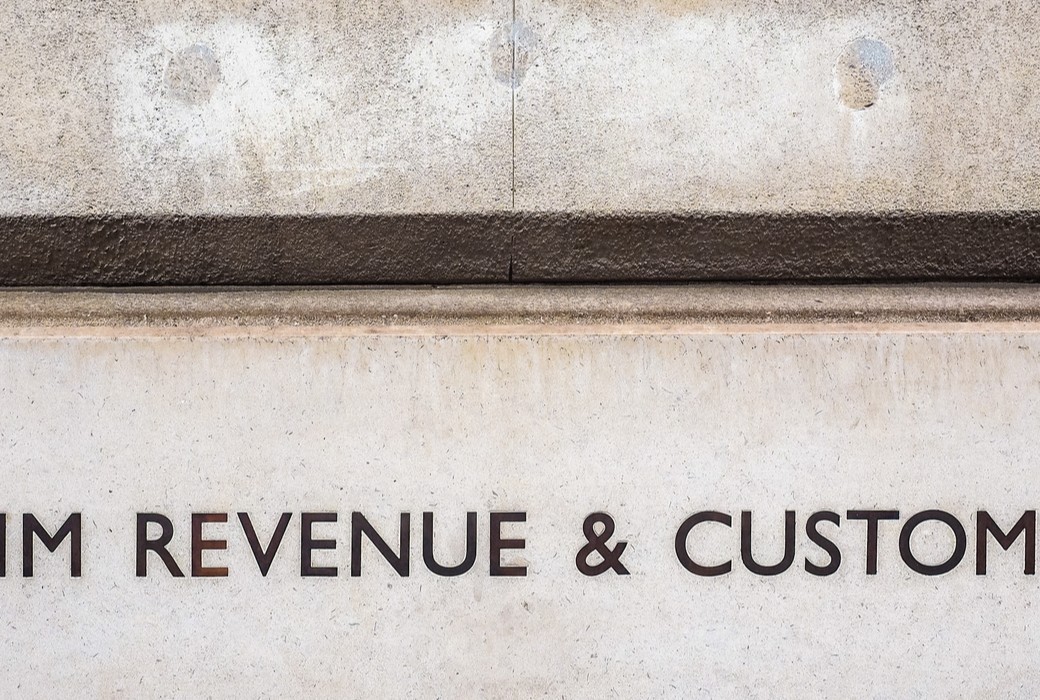
HMRC has regained its status as preferential creditor in insolvent liquidations, having previously been downgraded to unsecured creditor status by the Enterprise Act, 2002. The statutory ‘hierarchy’ for repayment in insolvent liquidations consists of different creditor classes, with preferential creditors lying near the top of the list and unsecured creditors at the bottom.
HMRC’s move up the rankings may have recreated a problem for small businesses in the UK, however – one that previously caused significant financial decline in some cases. So what exactly has changed, and why has the government taken this action?
Previously, employees were the only type of preferential creditor in cases of insolvent liquidation, but as of the 1st December 2020, HMRC have joined them as secondary preferential creditors. The effects of this change may have further displaced unsecured creditors, with serious implications for UK businesses as a result.
Being a secondary preferential creditor means HMRC are only preferred creditors in relation to certain types of taxes - in this case the taxes collected by a business on their behalf, such as PAYE and VAT. HMRC remain unsecured creditors for corporation tax and any other taxes owed directly by a company.
This change was introduced primarily to boost Treasury takings, which were set to rise by £185 million per year. This increase is beneficial for funding services, though it may have had a detrimental effect for SMEs who make up the majority of unsecured creditors in liquidation.
As a statutory body, HMRC regard themselves as involuntary creditors, and the inability to collect tax revenue owed to them is thought to be at the heart of the government’s decision.
Reduced returns for unsecured creditors
HMRC are typically one of the largest creditors in an insolvent liquidation, and their higher ranking means they will now use up some of the funds that would previously have been shared equally among unsecured creditors. This could potentially cause a ‘ripple effect’ to other suppliers, with financial decline being a strong possibility for some businesses in the supply chain.
Increased lending risks
With a reduced security value, lenders with floating charges may deal with their increased risk by sanctioning fewer business loan applications and/or increasing the cost of business borrowing in general.
Stunted business growth
As a result of restricted access to finance business growth may have been stunted, with a possible rise in the number of business failures and increased redundancies that require funding by the government. It’s also questionable whether HMRC will offer as many Time to Pay (TTP) arrangements to businesses that are struggling to pay their taxes.
For more information on the change in HMRC creditor status and how your company might have been affected, call one of our expert team for a free same-day meeting. Begbies Traynor is the UK’s largest professional services consultancy and operates from an extensive network of offices around the country.
More Begbies Traynor Articles
Contact Begbies Traynor Group

You're in Safe Hands
Article Archive
Article Categories